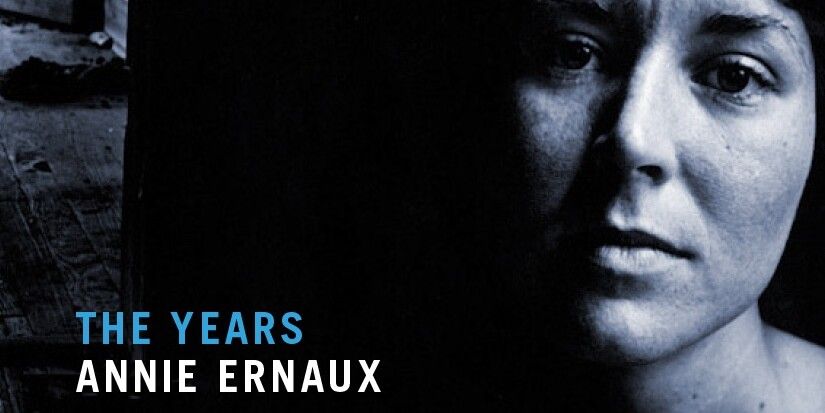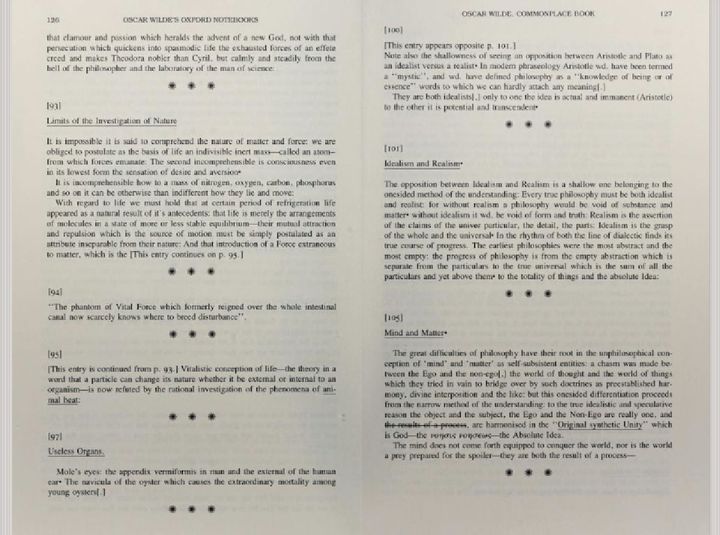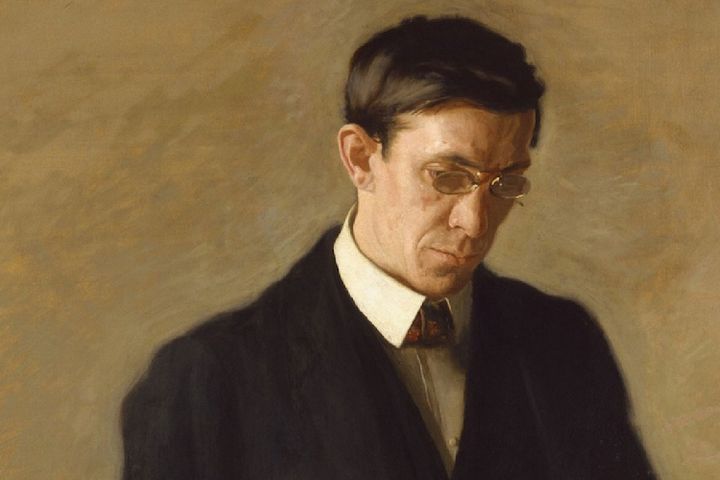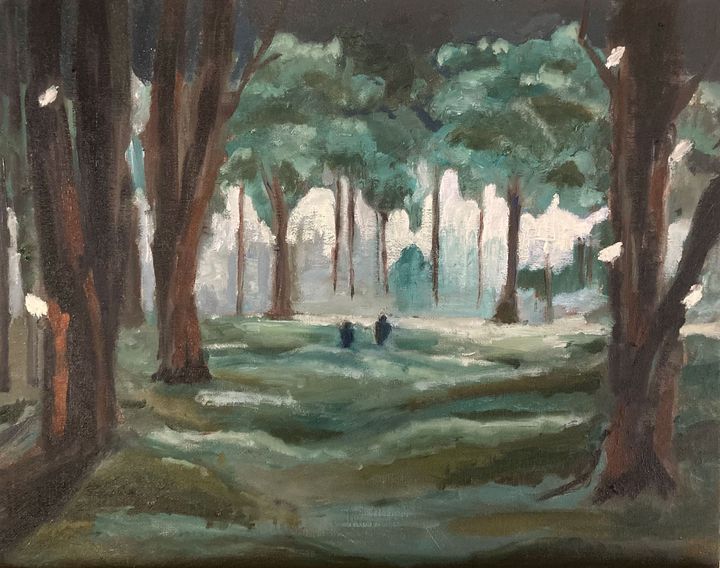In The Years, Annie Ernaux traces our changing relationship to the past and to the things we consume

At some point in The Years, Nobel laureate Annie Ernaux mentions that when she was a student, she would imagine writing a book that would be “a revelation to others of her innermost being.” By contrast, her memoir The Years, which she published at the age of 68, is more concerned with understanding the “movements of a generation” at the convergence of the past and the present.
The book explores the familiar feeling of becoming a stranger to one’s own past self. Ernaux recounts the habits, desires, and gestures of her generation, but there is still something missing. She looks at a photo of girls standing in three-tiered rows in front of a building and writes: “The names [of the girls] have not been inscribed, as if when the class president delivered the photos, it had been unthinkable that any could be forgotten. Certainly, none of the girls could have imagined herself forty years later, an elderly woman looking at faces once so familiar and seeing only a triple row of ghosts…” Thoughts and feelings that one perceives to be so important and formative of one’s self fade into a distant past, and only collective tendencies, problems, and habits stand to time. Everything today carries strange marks from the past, but at the same time, what was once so familiar becomes unrecognizable.
The fine balance between the past and the present shifts as the narrative approaches our day. In the 1960s, “society ceased to function näively,” writes Ernaux, when influential movements and methods of criticism began to find meaning behind every aspect of modern life. And from then on, we have been dissecting the layers of meaning to prove that nothing is as it seems, and now that we are at the end where no meaning can be found. Ernaux remembers wondering, at the time, what our new model of existence would be. After years, the 1990s signaled a new model of existence, as people were waiting for the arrival of the third millennium: “Everything was listed, classified, and assessed, from works of art and literature to wars and ideologies, as if the twenty-first century could only be entered with our memories wiped clean.” The past wiped clean, it would be the future by which one would understand the present in the third millennium. The question of what to do and how to understand our day would become a question of theorizing the future, a difficult task of trying to understand what the future will look like. And so our existence would be defined by the suspense and anxiety surrounding the technological advancements that are expected to completely alter the way we live in a very short time. Ernaux draws attention to the ambiguity and suspense: “We were mutating. We didn’t know what our new shape would be…Consciousness stretched across the total space of the planet toward other galaxies. The infinite ceased to be imaginary.”
The 2000s, mainly described through the changes in our relationship to objects, turn out to be even more perplexing. Ernaux describes holiday shopping in the 2000s as: “With loathing we stood in overheated lines, and performed the consumer act like a sacrifice, a duty of spending offered up to who-knows-what god in the name of who-knows-what salvation.” A sense of boredom accompanies the act of consuming. People no longer welcome things with excitement as they did in the 1950s when they were introduced to the so-called life-changing appliances like the washing machine. Material things have lost their excitement as they’ve become such indispensable and normal parts of our existence. Everyone knows the harms of consumerism but it is as if people could no longer go against anything that would slow down the constant supply of new items and the march towards the future, hence Ernaux’s analogy with sacrifice. As Edmund White puts it in his NY Times review of the book: “People must keep up, acquire the latest gadgets; to fall behind would be to accept aging and dying.” The major sphere of influence of this thoughtless consumption being the cities, the only way to escape this cycle of consuming seems to reside in the dreams of moving to the countryside. The relationship between material goods and happiness is something that Ernaux thinks a lot about in the book. Maybe the acquisition of items has no part at all in one's happiness.
Towards the end of the book, she describes the imprint of the past on the present as “the light that was already present in the stories of Sundays in childhood and has continued to settle upon things from the moment they are lived, a light from before.” It is so interesting, almost prophetic, to read how older authors revisit the past. This book can be read simultaneously with Amin Maalouf’s Adrift as both span approximately the same period of time and both are written after a lifetime of thinking about the self and the world.


